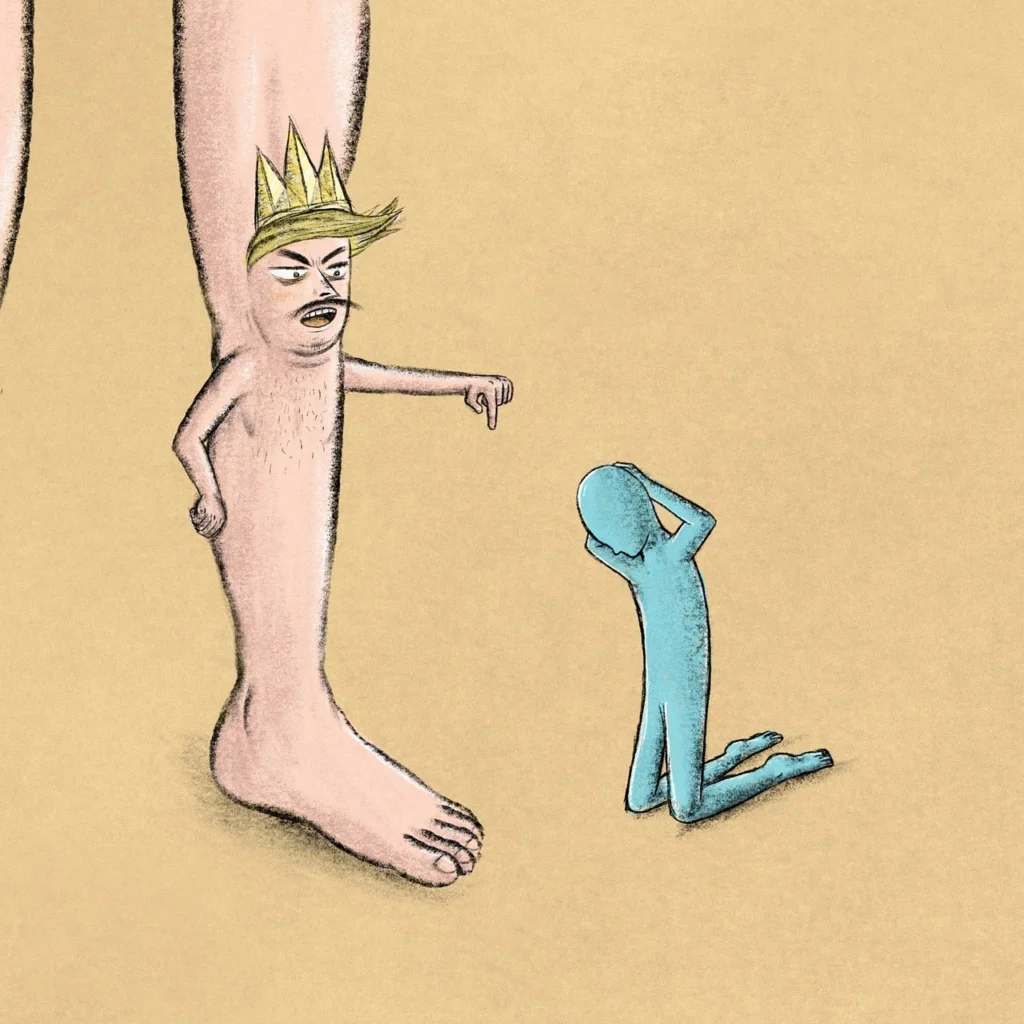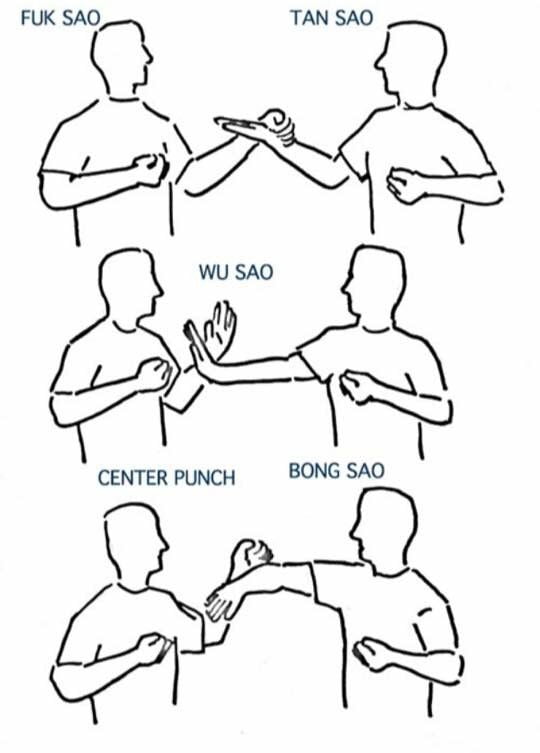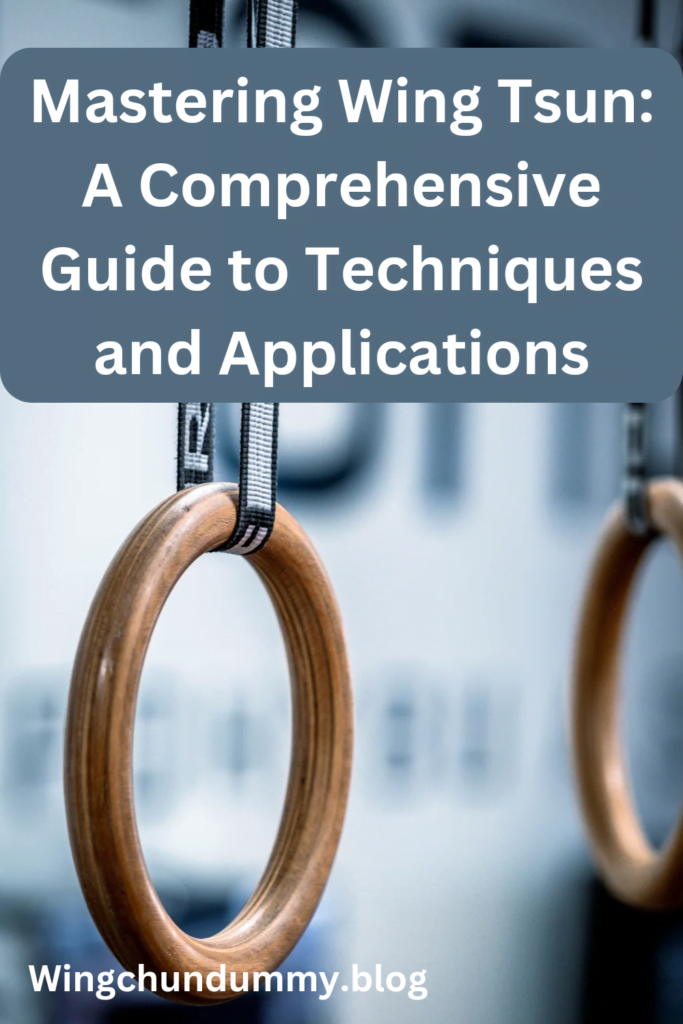Wing Tsun, also known as Wing Chun, is a traditional Chinese martial art that traces its origins to the Southern Shaolin Temple in the late 17th century.
Developed by a Buddhist nun named Ng Mui, this combat system was designed to be efficient and practical.
Allowing you to defend themselves effectively regardless of their size or strength.
The art was later refined and popularized by notable masters such as Ip Man.
He played a significant role in bringing Wing Tsun to the global stage.
The philosophical foundation of Wing Tsun is deeply rooted in the principles of simplicity, directness, and economy of movement.
Unlike many other martial arts that emphasize elaborate forms and techniques.
Mastering Wing Tsun focuses on straightforward, efficient movements that can be executed with minimal effort.
The core philosophy revolves around using an opponent’s force against them, making it an ideal system for self-defense.
One of the unique characteristics of Wing Tsun is its emphasis on close-range combat.
Techniques such as simultaneous attack and defense, centerline theory, and the use of chi sao (sticky hands) drills to develop sensitivity and reflexes are integral components of this martial art.
These elements distinguish Wing Tsun from other martial arts that may prioritize long-range strikes or ground fighting techniques.
In modern times, Wing Tsun has gained significant popularity worldwide as an effective form of self-defense.
Its practical applications have made it a preferred choice for individuals seeking to enhance their personal safety.
The global proliferation of Wing Tsun schools and practitioners attests to its enduring relevance and adaptability in contemporary society.
As we delve deeper into the intricacies of Wing Tsun, it is essential to understand its historical context and philosophical underpinnings.
This comprehensive guide aims to provide a thorough exploration of Wing Tsun techniques and applications, offering valuable insights for both beginners and experienced martial artists alike.
Basic Principles of Wing Tsun
Wing Tsun, a traditional Chinese martial art, is built on a foundation of essential principles that guide its techniques and applications.
Understanding these core principles is crucial for anyone looking to master Wing Tsun, as they form the basis of effective practice and real-world application.
Three of the most vital concepts in Wing Tsun are centerline theory, economy of motion, and simultaneous attack and defense.
Centerline theory is a fundamental concept in Wing Tsun.

It posits that the most efficient path for both attack and defense lies along an imaginary line running down the middle of the opponent’s body.
By controlling this centerline, a practitioner can effectively disrupt the opponent’s balance and neutralize their attacks.
In practice, this means that techniques are executed with the intent of occupying and controlling the centerline.
Thereby making it difficult for opponents to mount a successful counterattack.
Economy of motion is another key principle in Wing Tsun.
This concept emphasizes the importance of minimizing unnecessary movements to conserve energy and increase speed.
By using the shortest and most direct path to the target, a Wing Tsun practitioner can deliver rapid and efficient strikes.
This principle also applies to defensive maneuvers, where the goal is to intercept or deflect an incoming attack with minimal effort and maximum effectiveness.
In essence, economy of motion enables practitioners to respond quickly and fluidly to any situation, maintaining a continuous flow of action.
Simultaneous attack and defense is a hallmark of Wing Tsun practice.
Unlike other martial arts that may separate offensive and defensive actions, Wing Tsun integrates them into a single, fluid motion.
This principle allows practitioners to defend against an attack while launching a counterattack in the same movement, effectively turning defense into offense.
By this concept, mastering Wing Tsun practitioners can maintain constant pressure on their opponents, reducing their ability to recover and counter.
These principles are not just theoretical concepts but are applied consistently in Wing Tsun training and real-world scenarios.
By internalizing centerline theory, economy of motion, and simultaneous attack and defense.
Practitioners can develop a highly effective and efficient martial arts practice.
These foundational elements are crucial for anyone seeking to master Wing Tsun and apply its techniques with precision and confidence.
Stances and Footwork
In Mastering Wing Tsun, stances and footwork is essential for achieving balance, stability, and effective power generation.
The foundation of these principles lies in the precise execution of various stances and steps that enable practitioners to maintain control and adaptability during combat scenarios.
Two fundamental stances in Wing Tsun are the Yee Jee Kim Yeung Ma, also known as the character two adduction stance, and the Biu Ma, or darting step.
The Yee Jee Kim Yeung Ma is characterized by its inwardly pointed toes and slightly bent knees, forming a stable and compact structure.
This stance is pivotal for centering the body’s weight and enhancing lower body strength.
By maintaining a low center of gravity, practitioners can better absorb and redirect incoming forces, providing both defensive and offensive advantages.

The adduction of the knees also protects vital areas and aids in maintaining a solid base from which to launch strikes or deflect attacks.
On the other hand, the Biu Ma, or darting step, is a dynamic footwork technique that allows quick movement in and out of range.
This step is designed to facilitate rapid changes in position, enabling the practitioner to close the distance to an opponent swiftly or retreat to a safer position if necessary.
The Biu Ma emphasizes agility and fluidity, which are crucial for adapting to the ever-changing dynamics of a fight.
By mastering of wing tsun this footwork, practitioners can maintain a tactical advantage, striking with precision while remaining elusive to the opponent’s attacks.
Properly integrating these stances and footwork into one’s practice is vital for developing the full spectrum of Wing Tsun’s capabilities.
The Yee Jee Kim Yeung Ma provides a robust and balanced platform, while the Biu Ma imparts the necessary mobility and adaptability.
Together, they form the cornerstone of effective Wing Tsun training, ensuring that practitioners can generate power efficiently, maintain stability under pressure, and maneuver adeptly in combat situations.
Hand Techniques
Hand techniques form the foundation of Wing Tsun, enabling practitioners to execute precise, rapid, and effective strikes.
Among the most prominent techniques are chain punches (Lin Wan Kuen), palm strikes (Jum Sau), and finger thrusts (Biu Jee).
Each technique possesses unique mechanics and applications, contributing to a well-rounded skill set in self-defense.
Chain Punches (Lin Wan Kuen):
Chain punches are a signature technique of Wing Tsun, characterized by their rapid succession and directness.
The practitioner delivers a series of straight punches to the opponent’s centerline, maintaining constant forward pressure.
The key to effective chain punching lies in relaxation, proper alignment, and speed.
By practicing on a wall bag or with a partner holding focus mitts, one can develop the necessary power and precision.
Chain punches are particularly useful for overwhelming an opponent and closing the distance quickly.
Palm Strikes (Jum Sau): Palm strikes are versatile and can be employed in various situations.
Unlike punches, they utilize the heel of the palm to deliver force, reducing the risk of injury to the hand.
The mechanics involve a slight upward motion, often targeting the chin, nose, or chest of the adversary.
To practice palm strikes, one can use a wooden dummy or padded targets to simulate real-world scenarios.
This technique is effective in creating openings in the opponent’s defense and can be integrated seamlessly with other strikes.
Finger Thrusts (Biu Jee): Finger thrusts are precision attacks aimed at vulnerable points such as the eyes, throat, or solar plexus.
The practitioner extends the fingers in a spear-like manner, focusing on speed and accuracy.
Biu Jee techniques require meticulous practice to ensure control and effectiveness.
Drills involving focus pads or partner-assisted training can enhance one’s ability to execute finger thrusts accurately under pressure.
This technique is invaluable in situations where quick, decisive action is necessary.
Mastering these hand techniques requires consistent practice and a deep understanding of their applications.
By incorporating drills and realistic scenarios into training, practitioners can develop a robust and adaptable skill set, essential for effective self-defense in Wing Tsun.
Defensive Techniques
Defensive techniques in Wing Tsun are fundamental to its practice, emphasizing efficiency and directness.
Central to Wing Tsun’s defensive strategy are blocks, parries, and redirections, each designed to neutralize an opponent’s attack while positioning the practitioner for a counterstrike.
These techniques are rooted in the principle of using minimal force to achieve maximum effect, reflecting the art’s tactical sophistication.
One of the primary defensive techniques is Tan Sau, or the palm-up block.
This maneuver involves raising the forearm with the palm facing upward to deflect incoming strikes, particularly punches aimed at the torso.
The simplicity of Tan Sau belies its effectiveness, as it not only diverts the attack but also positions the practitioner to transition swiftly into an offensive move.
Another key technique is Bong Sau, known as the wing arm.
Bong Sau is executed by raising the arm at an angle, which creates a wing-like structure that deflects strikes aimed at the upper body.
This technique is particularly useful against high attacks and is often employed in combination with other movements to create a fluid and adaptive defense.
The versatility of Bong Sau lies in its ability to maintain a defensive posture while preparing the practitioner to launch a counterattack.
Pak Sau, or the slapping hand, is a dynamic technique used to parry and redirect an opponent’s attack.
By briskly slapping the opponent’s arm or hand.
The practitioner can disrupt the attack’s trajectory and create an opening for a counterstrike.
Pak Sau exemplifies the Wing Tsun principle of using the opponent’s force against them, turning their aggression into an opportunity for defense and retaliation.
These techniques — Tan Sau, Bong Sau, and Pak Sau — form the core of Wing Tsun’s defensive arsenal.
Mastery of these defensive techniques not only enhances a practitioner’s ability to protect themselves but also underscores the strategic depth and elegance of Wing Tsun.
Through diligent practice and understanding of these methods, one can achieve a balanced and effective defensive capability in this martial art.
Chi Sau (Sticky Hands) Training
Chi Sau, commonly referred to as “Sticky Hands,” is a cornerstone of mastering Wing Tsun training.

Unlike other martial arts that emphasize brute strength or speed.
Chi Sau focuses on developing a keen awareness of an opponent’s movements through tactile feedback.
This heightened sensitivity allows practitioners to respond instinctively and effectively in real-time combat scenarios.
The essence of Chi Sau lies in its unique drills and exercises.
Two practitioners begin by facing each other, maintaining physical contact between their forearms.
This position, known as the “rolling hands” drill, forms the foundation of Chi Sau practice.
As they move their arms in a circular motion, they learn to maintain constant pressure and connection.
This continuous flow requires both partners to adjust and adapt, fostering a heightened sense of touch and perception.
Basic Chi Sau drills include techniques such as Tan Sau (Palm Up Hand), Bong Sau (Wing Arm), and Fook Sau (Bridge Arm).
Practitioners learn to seamlessly transition between these techniques.
Responding to their partner’s actions with fluidity and precision.
As they advance, they incorporate more complex sequences and counters.
Further refining their ability to respond to unexpected changes in pressure and direction.
One of the primary benefits of Chi Sau training is the development of an instinctive response mechanism.
Through consistent practice, a Wing Tsun practitioner becomes adept at reading and reacting to subtle shifts in an opponent’s energy and intention.
This skill is invaluable in close-range combat, where split-second decisions can make the difference between success and failure.
By cultivating this intuitive understanding, Chi Sau practitioners gain a significant advantage in both self-defense situations and competitive sparring.
In summary, Chi Sau training is essential for mastering the art of Wing Tsun.
It builds the foundation for sensitivity, reflexes, and close-quarters combat proficiency.
Through dedicated practice of its drills and exercises.
Practitioners develop the ability to instinctively and effectively respond to an opponent’s movements.
Making Chi Sau an indispensable component of Wing Tsun mastery.
Forms and Their Significance
Each form serves as a fundamental building block, guiding practitioners through increasingly complex techniques and concepts.
Understanding and mastering these forms is essential for developing a strong foundation in Wing Tsun.
Siu Nim Tau (小念頭) translates to “Little Idea” and is the first thing.

It focuses on basic stances, hand movements, and the principle of centerline theory.
Siu Nim Tau lays the groundwork for balance, positioning, and the efficient use of energy.
Practicing this form helps students develop proper structure, relaxation.
And the ability to generate power from a stable base.
Key techniques include the straight punch, Tan Sau (palm-up block), and Fook Sau (bridge arm).
Chum Kiu (尋橋), meaning “Seeking the Bridge,” is the second form and introduces movement in conjunction with the foundational techniques.
This form emphasizes the coordination of footwork and hand movements.
Essential for maintaining balance and control during combat.
Chum Kiu teaches practitioners to bridge the gap between themselves and their opponent.
Utilizing techniques such as Bong Sau (wing arm), Lap Sau (grabbing hand), and the sidekick.
The practice of Chum Kiu enhances agility, positioning, and the ability to apply force while moving.
Biu Jee (標指), or “Thrusting Fingers,” is the third and most advanced form in Wing Tsun.
It incorporates more dynamic and complex techniques.
Focusing on recovery from compromised positions and counterattacks.
Biu Jee trains practitioners to use explosive power and precise strikes, often targeting vital points.
Techniques such as the finger thrust, elbow strikes.
And emergency responses are central to this form.
The practice of Biu Jee helps refine precision, speed.
And adaptability in high-pressure situations.
Practicing these forms is critical for building a comprehensive skill set in Wing Tsun.
Each form not only introduces new techniques but also reinforces principles and concepts learned in previous forms.
By repeatedly practicing Siu Nim Tau, Chum Kiu, and Biu Jee.
A practitioners develop muscle memory, discipline.
And a deeper understanding of Wing Tsun’s core philosophies.
Applying Wing Tsun in Real-World Scenarios
Wing Tsun, a martial art renowned for its efficiency and adaptability.
It Offers practitioners a robust framework for self-defense in real-world scenarios.
Providing you the skills needed to handle various types of threats with composure and confidence.
One key aspect of Wing Tsun’s real-world application is its focus on sensitivity and adaptability.
This adaptability is crucial in unpredictable scenarios.
The ability to react swiftly and appropriately can make a significant difference.
For instance, in a case where an assailant attempts a grab, a Wing Tsun practitioner might use the principles of Chi Sau (sticky hands) to neutralize the attack and counter with an effective strike.
Case studies highlight the practical efficacy of Wing Tsun.
Utilizing the chain punch technique and maintaining forward pressure.
So, The practitioner was able to subdue the attacker quickly and create an opportunity to escape.
Training for real-world application requires more than just practicing techniques within the confines of a dojo.
Also, involves honing situational awareness and developing the ability to assess and respond to threats dynamically.
Basically, Practitioners should incorporate scenario-based training that mimics real-life situations.
Such as defending against multiple attackers or dealing with confined spaces.
Additionally, mental training to remain calm and composed under pressure is essential.
So, Incorporating drills that focus on reflexes, speed.
And precision can enhance one’s ability to respond effectively when faced with an unexpected threat.
Regular sparring sessions with partners of varying skill levels can also, provide valuable experience.
Helping you to apply Wing Tsun techniques fluidly and instinctively.
Therefore, mastering the application of Wing Tsun in real-world scenarios involves a blend of
- technical
- proficiency,
- adaptability,
- and mental fortitude.
Finally, Ensuring that practitioners are well-equipped to handle the complexities of self-defense situations outside the dojo.
Let’s us know about your thoughts on Mastering Wing Tsun.
Thanks


